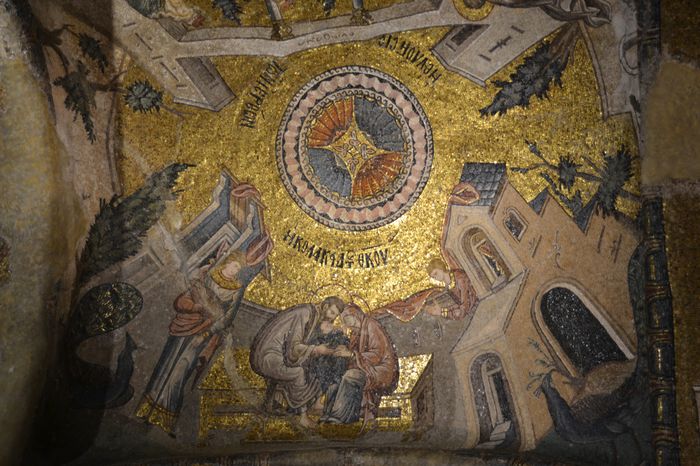Women in the Ottoman Imperial Harem
What Were Sultanas?
The women who lived in the Ottoman Imperial Harem were called sultanas. This title applied to all women in the harem, regardless of their background or how they came to be there. The harem was home to hundreds of women, each with their own story and place in the complex social structure of the Ottoman palace.
How Women Entered the Harem
Starting as Slaves
Most women entered the harem as slaves, brought from various parts of the Ottoman Empire or beyond. This might seem harsh by today’s standards, but in the Ottoman system, being brought to the imperial harem was often seen as an opportunity for advancement and a better life. Once inside the harem, these women became part of the imperial household and could rise to positions of great influence and comfort private sofia tours.
The Servant System
When young women first arrived at the harem, they typically began as servants to the older, more established sultanas. This system served as both training and a way to learn the customs, rules, and expectations of harem life. The younger women would help with daily tasks, learn proper behavior, and gradually understand the complex social order that governed their new home.
The Path to Promotion
Gaining the Sultan’s Favor
The most important factor in a sultana’s rise within the harem was catching the Sultan’s attention and favor. If the Sultan took a special interest in any of his wives, her life would change dramatically and quickly. This favor could transform a woman from a servant into one of the most powerful people in the empire.
Benefits of Royal Favor
When a sultana gained the Sultan’s favor, she received immediate benefits. Her allowance for clothing and jewelry increased significantly, allowing her to dress in the finest fabrics and wear the most beautiful jewels. She would also receive better living quarters and more servants to attend to her needs. These improvements in her lifestyle reflected her new, elevated status within the harem The Ottoman Imperial Harem.
The Ultimate Prize: Motherhood
Bearing the Sultan’s Children
The highest achievement for any sultana was to bear the Sultan’s child. This accomplishment brought the greatest rewards and security. A mother of the Sultan’s child was given her own separate living quarters, away from the general population of the harem. She would live like a true princess, with all the comforts and privileges that came with that rank.
Equal Status for All Children
An important aspect of Ottoman succession law was that all children born in the harem were considered legitimate and equal, regardless of whether their mother was originally free or a slave. This meant that any child born to the Sultan had the same rights and could potentially inherit the throne if they became the head of the family. This system was quite different from many other royal families of the time.
Marriage and Politics The Sultan’s Daughters
Strategic Marriages
The Sultan’s daughters played important roles in Ottoman politics through their marriages. The Sultan would arrange marriages between his daughters and his favorite pashas (high-ranking officials) or army officers. These marriages were not just personal unions but political alliances that strengthened the Sultan’s relationships with important members of his government and military.
Not Always a Blessing
While marrying a Sultan’s daughter brought great honor, it was not always considered a blessing by the men involved. Taking an imperial princess as a wife came with enormous responsibilities and challenges that many found difficult to handle.
The Challenges of Imperial Marriage
High Expectations
Imperial princesses had very high expectations for their lifestyle and treatment. Having grown up in the luxury of the imperial palace, they naturally expected to maintain that same level of comfort and status in their married life. They were well aware of their superior rank compared to ordinary people and expected to be treated accordingly.
Expensive Lifestyle
Maintaining an imperial princess as a wife was extremely expensive. These women required a certain level of luxury and state that reflected their royal status. Their husbands had to provide elaborate homes, numerous servants, expensive clothing, and lavish entertainment. This financial burden could be overwhelming, even for wealthy pashas and high-ranking officials.
Social Pressures
Men who married imperial princesses also faced social pressures and expectations. They had to maintain their wives’ dignity and honor while navigating the complex political relationships that came with being part of the imperial family. Any mistake or perceived slight could have serious consequences for their careers and even their lives.
The Broader Impact
The system of sultanas and imperial marriages was an important part of how the Ottoman Empire maintained its power structure. By connecting the imperial family to important officials through marriage, the Sultan created a network of loyalty and obligation that helped keep the empire stable and unified. Understanding this system helps us see how personal relationships and political power were closely connected in Ottoman society.







